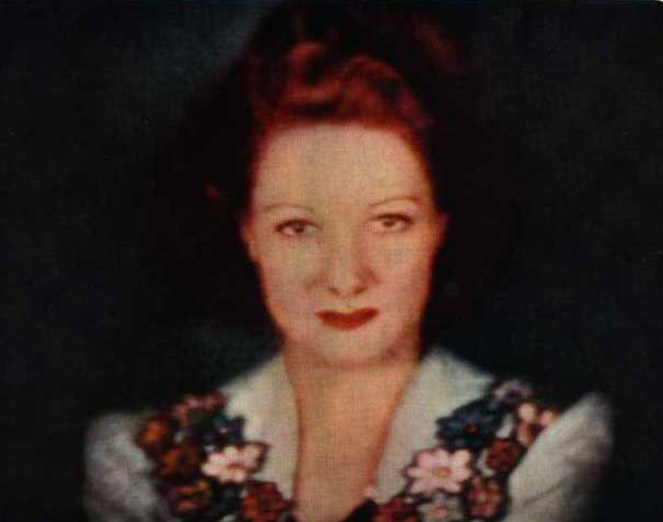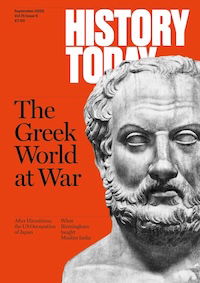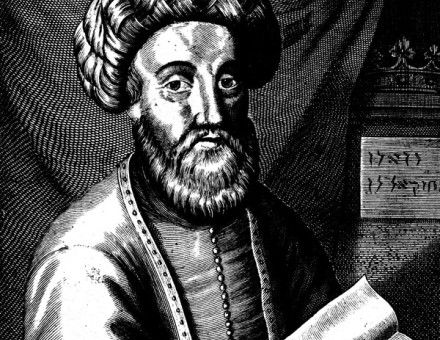The First Colour Television Transmission
John Logie Baird gave the first demonstration of a colour television transmission on 3 July 1928.

The leading pioneer in the creation of television, John Logie Baird, was a Scotsman, born in 1888, the son of a Presbyterian minister, and educated in Glasgow. An electrical engineer and an eccentric genius, he was no businessman, his health was precarious and after a time spent marketing socks, jam and soap he suffered a nervous breakdown.
In 1923 he retreated to Hastings in Sussex, where he was described as so thin ‘as to be almost transparent’. It was there that he invented a glass safety razor, with which he cut himself badly, and pneumatic soles for shoes, which burst after a hundred yards. At last he produced something that worked, the embryo of today’s television sets, a primitive apparatus that sat on a washstand in his attic and involved bicycle lamps, scanning discs cut out of cardboard, a biscuit tin, darning needles and string. It transmitted an unsteady, flickering image of a Maltese cross over a distance of a few feet.
Baird moved to London, where in 1925 he managed to transmit the image of a human face and in 1926 gave a demonstration to a fascinated audience of scientists. Television was still crude, but it worked. He continued in his Long Acre laboratory in the Covent Garden area, steadily improving his equipment and results.
Baird next created the first television in natural colours. Ronald F. Tiltman, who later wrote a book about Baird, witnessed the first demonstration at the Long Acre laboratory in 1928. He said that ‘the vivid reality of the colourings seen on the receiving screen was quite remarkable. When the human face was transmitted it showed a delicate pink, while a protruding tongue showed a deeper pink, the subject also tied scarves of various colours round the head and then placed on a policeman’s blue helmet, and each colour came through clearly. A bunch of blue flowers, and another of red roses, appeared in amazingly vivid fashion and as near the original shades as could be determined.’
In August hundreds of people almost fought each other to see Baird’s television demonstrations at Olympia, which included half an hour of songs and droll Irish stories by a star of the day, Peggy O’Neil, and the world’s first television advertisement, for the Daily Mail. In 1929 Baird provided the first-ever BBC television programme, in black-and-white, which led to half-hour programmes five mornings a week, and in 1931 screened the Derby, with much favourable publicity.
The story ended sadly, however, as Baird found himself in competition with the powerful Marconi-EMI organization, whose system the BBC finally preferred. Robbed of the success he had hoped for, the disappointed Baird lived until 1946, when he died aged fifty-seven.




